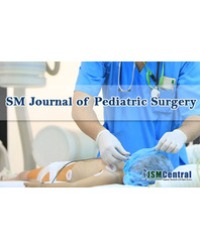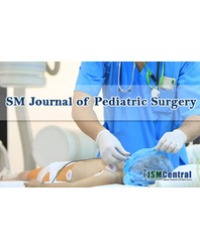
Urethral Prolapse in Young Girls: A Report of Eight Cases
Urethral prolapse is a complete eversion of the distal urethral mucosa through the external meatus. It is a rare condition in children that relates to girls with a peak frequency of four to sixyears, more commonly in black girls.
This condition can be a forensic problem, in fact the clinical presentation of the urethral prolapsed is mainly a vulvar bleeding.
Urethral prolapse can be definitively diagnosed without laboratory or radiographic evaluation by demonstrating that the edematous tissue surrounds the meatus circumferentially.
We retrospectively analyzed the records of 8 cases of urethral prolapse in girls admitted to the Emergency Department Pediatrics Surgical, over a period of 17 years (1998 - 2014) in our series; the age of diagnosis was between 05 and 12 years with a median age of 08 years. 100% of our girls were Caucasian.
The treatment is the subject of great controversy between surgery and conservative treatment, all of our patients underwent surgical treatment except for one patient.
The risk of complications, including urethral stricture, and recurrence, is not rare, due to a poorly conducted medical treatment or poorly mastered surgery.
In our series, the outcome was favorable in all our patients.
An early withdrawal of the urinary catheter can help to shorten the hospital stay and thus, a lower cost of hospitalization.
Yddoussalah O¹*, Oudrhiri M², Sumba H¹, Karmouni T¹, Elkhader K¹, Koutani A¹, Ibn Attya Andaloussi A¹, and Zerhouni H²


